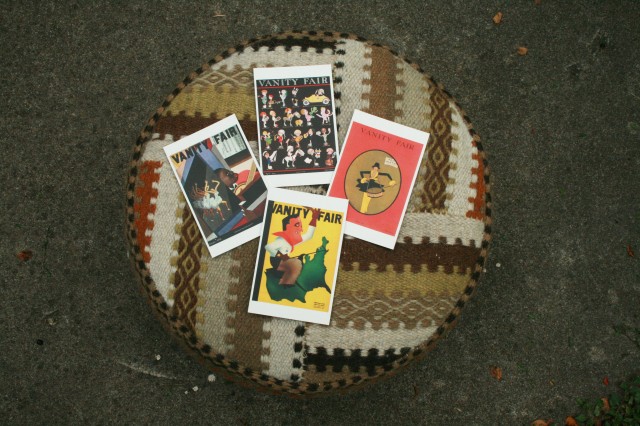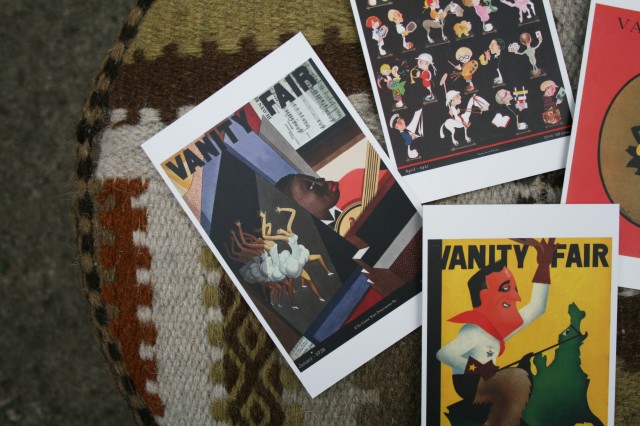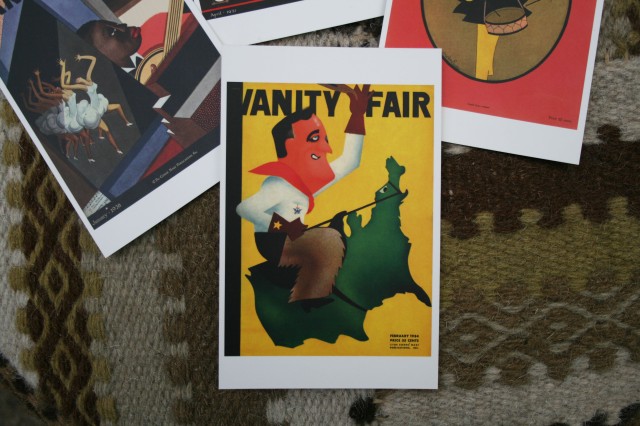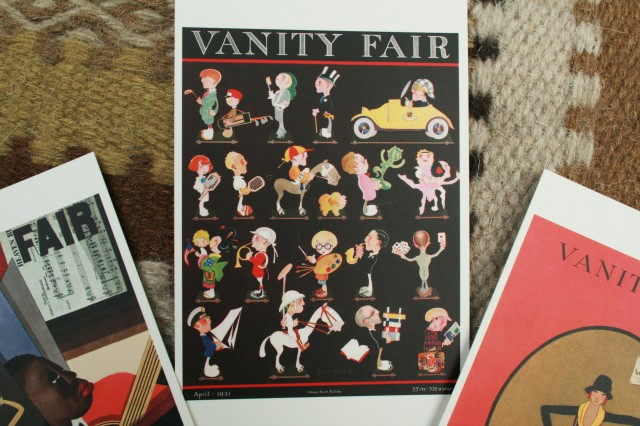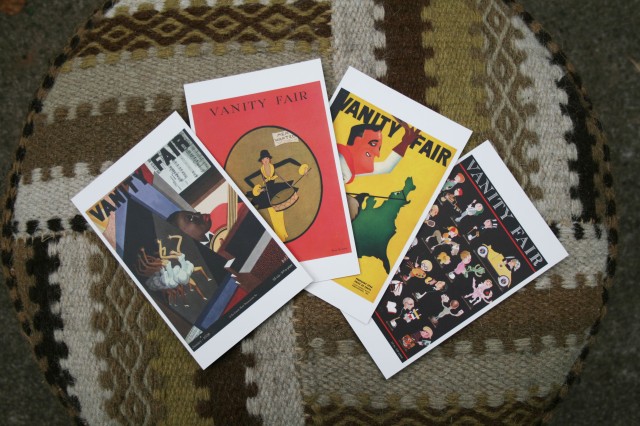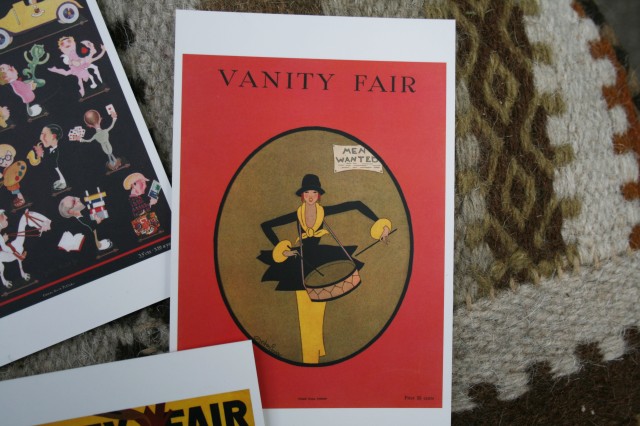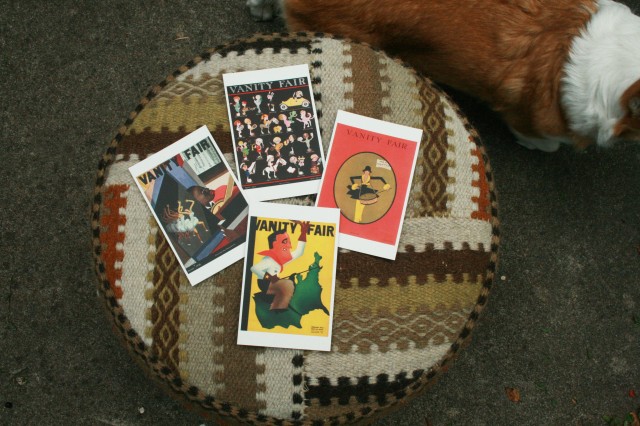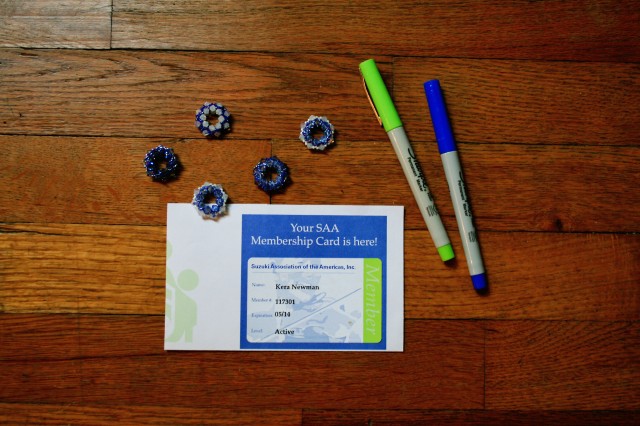Probably the most important vocabulary words for any music student to learn at first are the names of the parts on his or her instrument. For the violin these include: bow, horse hair, frog, screw, scroll, pegs, fingerboard, bridge, fine tuners, names of strings, and the list goes on. I encourage parents to make flash cards to use at home as they can make learning a bit more fun! These terms can be divided into several weeks depending on the student’s age and ability to memorize. Some of the more nuanced terms can be saved for later, say purfling or sound post.
Aside from instrument terminology, here are ten vocabulary words for stringed instruments I believe are good ones to start weaving into your teaching as soon as possible. Of course these can and should be modified to be age appropriate. If a student is very young the memorization part can wait a while until they are able to handle some of the trickier words, but you can still use them during lessons and while speaking to parents to increase the child’s awareness of vocabulary terms. Exposure is key! You can introduce these words during the lesson, make a list with definitions for students to take home, use flash cards, whatever you feel will be most effective.
bow – how to thank an audience for listening to what has been played. Start in rest position, bend forward from the hip for three seconds, and return to standing rest position. With a smile!
bow hold – the correct way to place fingers on top of the frog, thumb around the bottom, and pinky resting on top of the screw.
focus – concentration and attention to what is happening during the lesson. Shows mutual respect between the student, teacher, and parent. The Suzuki Triangle!
intonation – proper placement of fingers on the fingerboard, so the note sounded is exactly in tune.
playing position – violin up on the shoulder, left hand extended and fingers ready to play, bow set between the bridge and top of the fingerboard with a solid bow hold.
posture – standing up tall with a straight spine, feet firmly planted about shoulder width apart, no slouching.
practice – devotion to musical studies by accurate repetition of exercises, new songs, and review. Practicing should happen daily, until assignments come naturally and new ones are given.
rest position – violin tucked to the side under right arm, bow in right hand and hanging straight down. Feet are together, facing forward.
rhythm – organized movement of music through time, can be sounds or silence.
scale – sequence of notes ascending or descending at least one octave.
These are some words I find myself using and explaining on a regular basis. As my beginning students practice and mature we will definitely be adding to this list!
